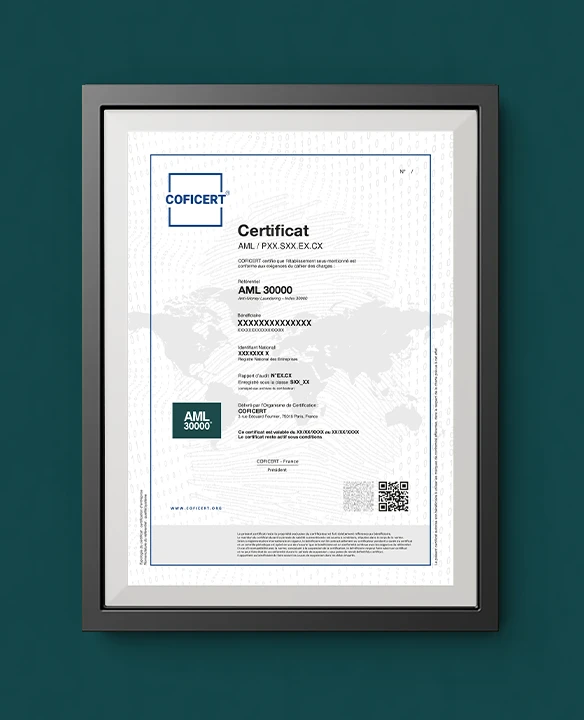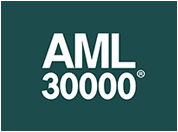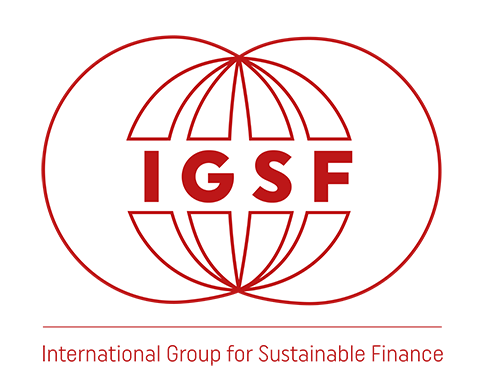AML 30000
Fight against Money Laundering and Terrorist Financing
Certification dedicated to combating money laundering and terrorist financing.
The AML 30000® standard, for Anti-Money Laundering (Index 30000), is the international standard used to certify systems for combating money laundering, the financing of terrorism, and the proliferation of weapons of mass destruction (AML/CFT).
La norme est construite sur les modèles de standardisation et les schémas de certification prévus par la réglementation internationale des certifications systèmes. Le certificat de conformité AML 30000® est délivré, à l’issue d’un processus d’évaluation, par un organisme de certification tierce partie dûment habilité.
Les cahiers des charges de la norme AML 30000® décrivent :
- L’ensemble des mesures devant être prises dans le domaine LBA/ FTP par les institutions financières (IFs) et certaines catégories d’entreprises et de professions non-financières (EPNFs), désignées comme « personnes assujetties » par le GAFI.
- La méthodologie à suivre pour évaluer le niveau de conformité technique et d’effectivité des dispositifs LBA/FTP mis en place par lesdites institutions, entreprises, ou autres professions assujetties.
The standard is regulated and disseminated by the IGSF.IGSF
Certification dedicated to combating money laundering and terrorist financing.
The AML 30000® standard, for Anti-Money Laundering (Index 30000), is the international standard used to certify systems for combating money laundering, the financing of terrorism, and the proliferation of weapons of mass destruction (AML/CFT).
The implementation of a system to combat money laundering and the financing of terrorism aims to promote a culture of financial crime prevention within organizations. Policies should encourage the adoption of appropriate control measures to effectively fight the scourges associated with financial crime in professions and activities exposed to these risks.
The standard is regulated and disseminated by the IGSF.

For certification recipients, in their environment
From an internal perspective
- Continuously ensure the relevance and effectiveness of the AML/CFT systems in place
- Promote and strengthen awareness among financial institutions (FIs) and certain categories of non-financial businesses and professions (NFBPs) of :
- The importance of issues related to money laundering and terrorist financing
- The significance of the risks involved, particularly in terms of reputational damage and sanctions, in case of deficiencies or failures in the implementation of a comprehensive and effective system
- Ensure the continuous improvement of the AML/CFT system by :
- Identifying weaknesses and addressing them through the implementation of appropriate action plans
- Strengthening strong points
- Ensure that the AML/CFT system remains compliant with the latest updates and recommendations of the standard, in line with current international regulations
- Advance best practices in terms of AML/CFT governance
From an external perspective
- The AML 30000® certification is a strong argument that reflects and validates compliance with a set of AML/CFT requirements
- The use of AML 30000® compliance marks is an indicator that directly contributes to the enhancement and improvement of the entity’s attractiveness
- Compliance with the AML 30000® standard reflects an adherence to the principles of integrity and transparency
- Certification to the AML 30000® standard provides a reliable and concrete benchmark for economic and financial operators, enabling them to differentiate entities based on AML/CFT requirements
Steps of the AML 30000 Certification Process
- The measures that must be taken into account in the AML/CFT domain by FIs and NFBPs, referred to as “regulated entities” by the FATF.
- The methodology to be followed to assess the level of technical compliance and effectiveness of the AML/CFT systems implemented by these institutions, businesses, or other regulated professions.
The evaluation process begins with a meeting to present the methodology employed and the execution timeline.
Examination of the technical compliance and then the effectiveness of the AML/CFT measures adopted by the evaluated entity. This examination relies on a methodology that utilizes a set of audit techniques, including: document review, conducting interviews, verifying the information system, sampling, etc.
The compliance of the systems and their effectiveness are then measured for each requirement set forth in the AML 30000® specifications, according to a predetermined scoring scheme.
The certification committee is responsible for ensuring the proper execution of evaluations in accordance with the rules and procedures established for this purpose, following the ISO 17021® standard; it then decides on the compliance status of the entity undergoing evaluation.
If compliance is confirmed at the end of the evaluation, a certificate of conformity is issued.
Would you like to know more about our certification standards ?
Get in touch with our experts and discuss your company’s readiness for certification at no cost.

